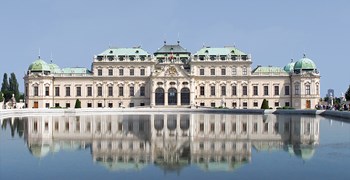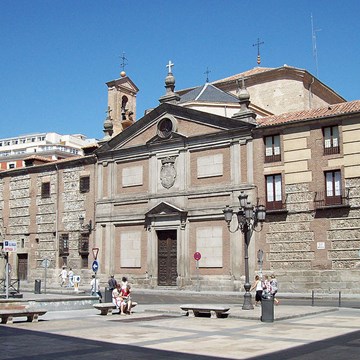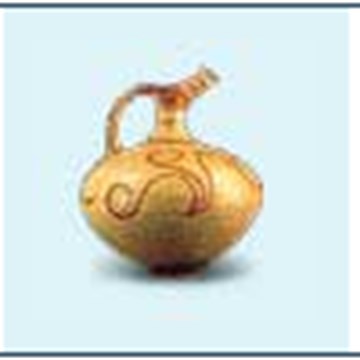Franz Joseph – The Emperor and the Belvedere
With its temporary exhibition on Francis Joseph I, the Belvedere honours an emperor whose unusually long reign was marked by a number of profound political, cultural, and artistic changes. On the occasion of the 100th anniversary of Francis Joseph’s death, the Belvedere is presenting a selection of portraits of the emperor and his wife, Empress Elizabeth, from its own holdings in a separate room on the 2nd floor of the Upper Belvedere. All of the works acquired during Francis Joseph’s government by the art administration of the state are specially labelled in the Belvedere’s regular exhibition rooms.
The numerous portraits show an emperor whose life was marked by both personal blows of fate, such as Crown Prince Rudolf’s suicide and Empress Elizabeth’s murder, and the crisis and conflicts taking place during his reign.
The imperial couple only posed on rare occasions, which is why artists were forced to refer to always the same models, some of which had become obsolete. Whereas the emperor himself was mostly depicted as a sovereign in uniform, Elizabeth, who was famous for her beauty throughout Europe, began to conceal her face behind a veil as time went on and sought protection behind a fan or parasol. It was practically impossible to get hold of her portrait. “And then there was the couple’s growing estrangement, which is not least reflected in the portraits,” says Rolf H. Johannsen, the exhibition’s curator.
Francis Joseph was not particularly interested in the arts, as opposed to hunting. Nevertheless he established a state-run art administration department whose acquisitions now number among the Belvedere’s core holdings. They include, among other works, Franz Xaver Messerschmidt’s Character Heads and Gustav Klimt’s Kiss. For the duration of the exhibition, the works acquired during the emperor’s reign will be marked accordingly so that visitors on their tour of the permanent collection will be able to view the works in question from an “imperial” perspective.
Exhibitions and events

Permanent Presentation at the Upper Belvedere
Permanent exhibitionThe Upper Belvedere houses the impressive collection of Austrian art dating from the Middle Ages to the present day. At the heart of the displays of "art around 1900" is the world’s largest...
Activities from this museum
We don't have anything to show you here.












